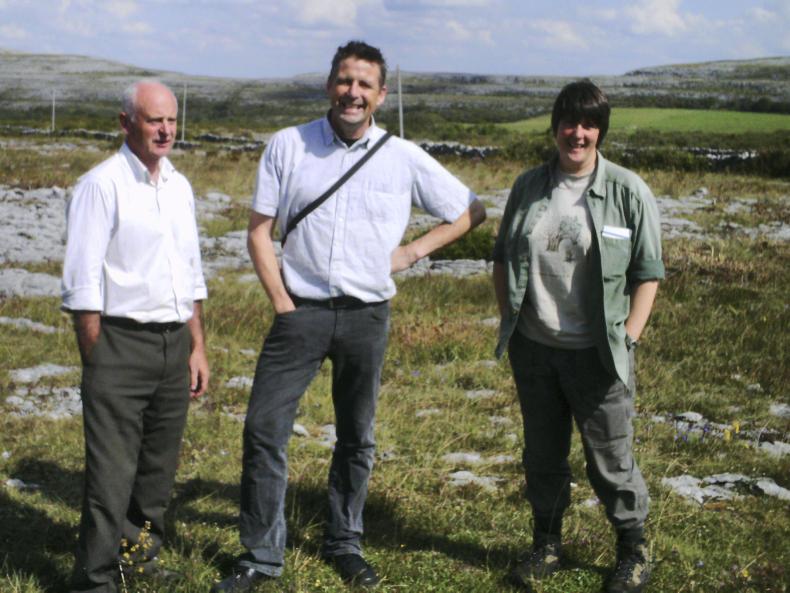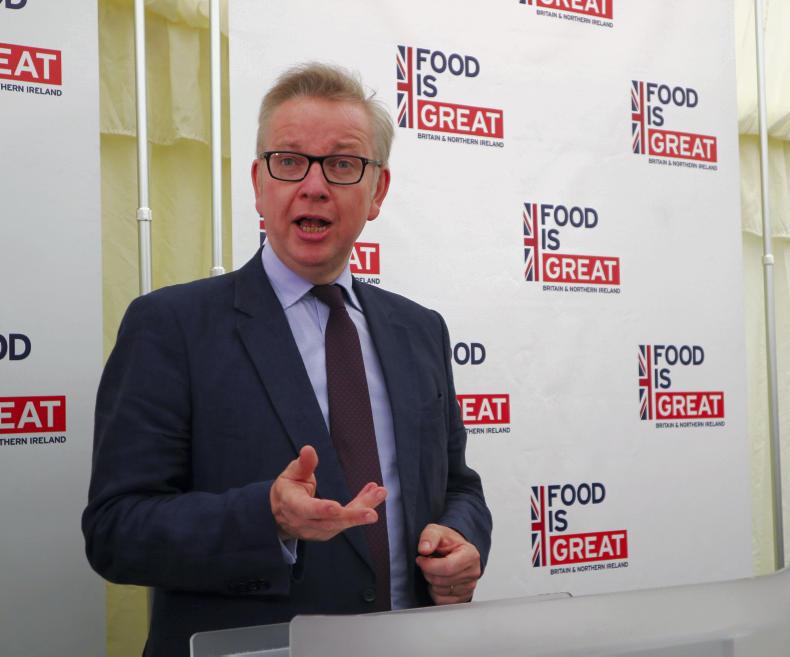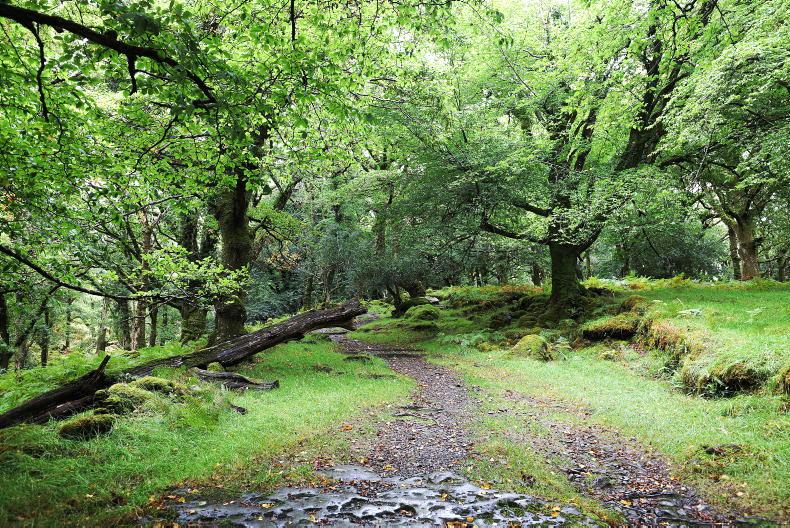Farmers have always had an astute connection to the soil, the environment and the fields in which they toil. Through knowledge handed down over generations, they have an inherent understanding of the local ecosystem and the dynamics within the food chain.
Locally Led Agri-Environmental Schemes (LLAES) allow farmers to provide the solutions to issues in their own area so that they can benefit agriculture, the environment and the local economy. They may be seen as a return to old farming practices, but in fact this is more a case of marrying the old with the new; maintaining traditions that are necessary for good management and ensuring farming is viable for the next generation.
The Burren leading the way

Farmers in the Burren witnessed the deterioration of their agricultural landscape that had been farmed over thousands of years. Environmental schemes under pillar two of the CAP (rural development) did not address the issues specific to the Burren. After commissioning scientific research into agricultural practices, they secured funding from the European LIFE fund, kickstarting the Burren LIFE project.
Its success led on to the Burren Farming for Conservation Programme, which ran from 2010 to 2015. This year, the latest Burren programme started with an annual budget estimated to be over €3m over the next five years. The Burren is now held up as an example across Europe for a more locally led approach to agri-environmental schemes. The prince of Wales even came over to visit the farmers involved.
 Aran Islands tourists and Kerry mussels
Aran Islands tourists and Kerry mussels
Working in a similar karst landscape, farmers on the Aran islands campaigned for a locally led scheme modelled on the one in the Burren and are now running the Aran LIFE project. Problems such as scrub encroachment and undergrazing were making the islands less attractive for tourism, which keeps the economy there going.
Moving south to the Blackwater, the Kerry LIFE project has just begun and farmers are undertaking results-based work as a pilot to see if they can improve the habitat for the freshwater pearl mussel. Intensification of agriculture has increased the amount of sediment and nutrient being washed into the river, which has reduced the population of mussels.

A local approach to the hen harrier issue
A Locally Led Agri-Environmental Scheme (LLAES) that would benefit both the protected hen harrier and the farmer has been floated among a number of farming groups. While it is expected that the Department will advertise the tender for a specific LLAES in these areas very soon, it has not happened yet.
 Meanwhile, farmers in the Wicklow uplands are concerned about the lack of young blood coming back to farm the mountains. The Wicklow Uplands Council has drafted a scheme called Sustainable Uplands Agri-Environmental Scheme (SUAS) to address that and other issues such as burning.
Meanwhile, farmers in the Wicklow uplands are concerned about the lack of young blood coming back to farm the mountains. The Wicklow Uplands Council has drafted a scheme called Sustainable Uplands Agri-Environmental Scheme (SUAS) to address that and other issues such as burning.
Similarly, the Blackstairs Farming Group has created its own Higher Nature Value (HNV) scheme for which members hope to obtain funding.
Addressing undergrazing
A common theme in all of these areas is that of undergrazing. The intensification of agriculture in the last few decades has made these landscapes harder to derive an agricultural income from. More lucrative jobs in urban centres have become more attractive to the younger generations. With fewer hands to work the land, destocking has caused undergrazing which lets the scrub takeover, changing the nature of the habitats and the flora and fauna that can survive there.
By funding locally led agri-environmental schemes, Rural Development Programme can not only keep farming attractive for future generations, but also maintain the rare species of plants found in the Burren, the attractive landscape of the Aran islands, the freshwater pearl mussel, the small birds for the hen harrier to feed on and the upland areas in the Wicklow and Blackstairs mountains.
Not only do locally led schemes add an environmental value to agricultural production in Special Areas of Conservation (SACs), they also combat rural isolation by bringing farmers together to achieve a common goal. As can be seen in the Burren, engaging with the wider community educates farmers and locals to be mindful of the contribution agriculture makes to nature and ensures the success of a locally led scheme.









SHARING OPTIONS